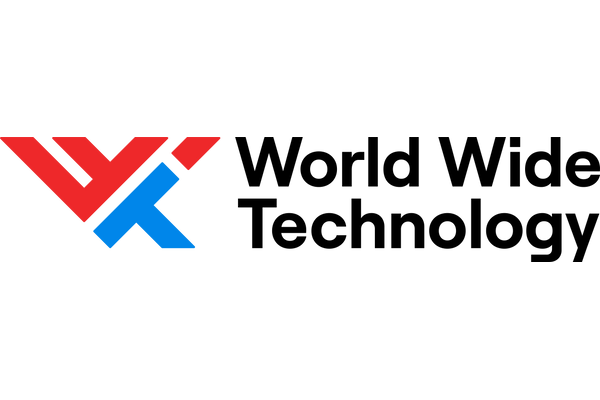
AI That Manages
Your AI GPU Infrastructure
Agentic AI GPU Optimization and Orchestration.
Rapt puts you in control of your AI infra, run models at scale, and at fractional cost.
Trusted By Industry Leaders to Unleash Your AI Scalability

Agentic AI for GPU Infrastructure
Run your AI models effortlessly with Rapt. From real-time analysis to dynamic resource allocation, Rapt optimizes your GPUs and ensures no job is left pending. Gone are the days of unpredictable GPUs. Gain smarter infrastructure insights, monitor cluster health, and scale seamlessly without manual intervention.
Performance You Can Measure
10x
more workloads on the same infrastructure
Zero
infra setup and tuning time
90%
reduction in GPU infrastructure costs
95%
GPU utilization
Continuous AI-Powered GPU Automation.
One Intelligent-Agentic System. Three Powerful Capabilities.

Goodbye Unpredictable Workloads… No Blind Spots. Just Perfect Clarity.
Demand spikes and dynamic, unpredictable workloads? No problem. Gain complete visibility into your AI models and GPU performance. Rapt’s observability tool provide real-time metrics, enabling you to pinpoint inefficiencies, monitor health, and optimize workloads for peak performance.

Real-Time Granular Optimizations
Rapt dynamically optimizes GPU resources, adjusts in real time based on workload demands. This ensures that your infrastructure operates efficiently, and frees up resources, and scales seamlessly to handle fluctuating requirements, delivering consistent performance without disruptions. Whether scaling up or down, Rapt ensures optimal performance at every stage. We take the daunting manual labor out of it - AI optimizing your infrastructure in real-time, accounting for thousands of variables.

From Chaos to Clarity
Stop wasting time manually allocating infrastructure. Rapt automates the grunt work, so you can focus on innovating, not firefighting. We’re your infrastructure crystal ball by predicting GPU needs before they happen. No more idle resources with effortless job distribution. Rapt automatically allocates GPU and fractional GPU shares for optimal performance without manual tuning.

Any GPU Cloud Service Compute On-Premise Model

Testimonial
"The Rapt platform allows our Data Scientists to run Al models with one-click. This eliminates infra setups and resource configurations, increasing productivity by at least 4x. They can also run 3x more models in the same infrastructure and we pay 70% less to the cloud while maximizing our on-premise Al servers."
- Global Life Sciences | Sr. Manager, AI Platforms



















